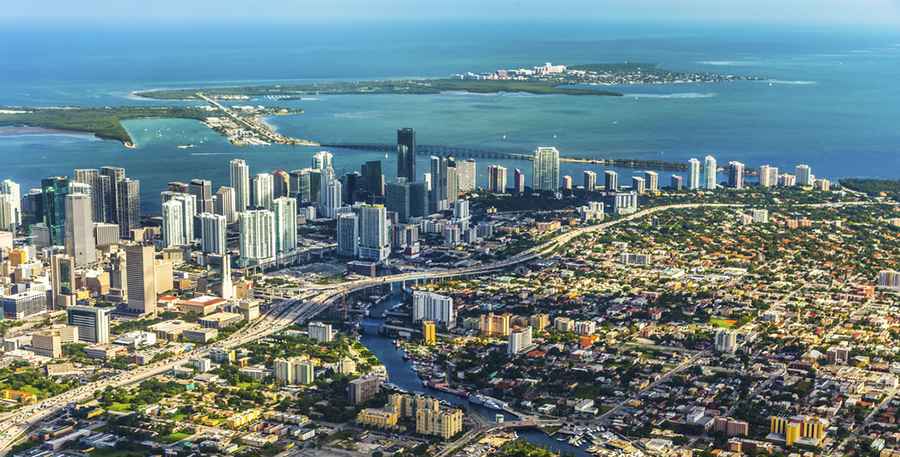Why Are Miami Drivers So Bad?
Miami's reputation for hazardous driving is not unfounded. Congested roads, a blend of driving styles from around the world, and relaxed enforcement of traffic laws contribute to the city's traffic challenges. Statistics often paint a troubling picture, with Miami frequently ranking high on lists of cities with the most road rage incidents and the highest accident rates. While some might argue that Miami's driving culture is no different from any other major urban area, the unique factors at play in this sun-soaked metropolis suggest otherwise.

Moreover, the city's infrastructure struggles to keep up with the growing population, leading to frequent traffic jams that test drivers' patience and skill. The often high speeds on Miami's expressways, combined with a notorious laxity in signaling and adherence to lane discipline, further compound the challenges of driving safely in this vibrant city. The result is a driving environment that demands a high level of alertness and a cool head – qualities that are sometimes in short supply on Miami's sun-drenched roads.
Driving Culture in Miami
Understanding Aggressive Driving
Miami's roads are often host to aggressive driving behavior. This includes rapid lane switching, speeding, and a noticeable impatience among drivers.
Statistics show that Miami drivers have a higher tendency to engage in such aggressive maneuvers when compared to national averages. The city's infrastructure and heavy traffic may induce stress among drivers, leading to more aggressive behaviors.
Miami-based attorneys for rear-end accidents frequently handle cases that arise from such driving habits. Aggressive driving escalates the risk of collisions, particularly rear-end accidents, which are among the most common types of vehicle accidents in Miami.
Law firms in the region have noted that a significant proportion of their car accident caseloads are related to aggressive driving incidents. They emphasize the importance of maintaining safe driving practices to mitigate these risks.
Factors Contributing to Poor Driving
In Miami, the confluence of infrastructure issues, rapid population increases, and unique weather patterns contribute significantly to the challenges faced by drivers on the roads.
Infrastructure and Traffic Planning
Miami's road infrastructure has struggled to keep pace with the evolving demands of its growing population. The city's roads are often congested, with limited public transportation options, leading to increased levels of frustration among drivers. Miami-Dade County is known for its complex network of expressways and toll roads, which can be confusing for even the most seasoned drivers. Moreover, traffic signals and signs may sometimes be inadequate or poorly maintained, further complicating navigation and increasing the risk of accidents.
Tourism and Population Growth
Miami is a prime tourist destination, welcoming millions of visitors each year. The influx of tourists can lead to an increase in vehicles on the road, many driven by individuals unfamiliar with local traffic laws and roadways. Additionally, Miami's population has grown rapidly, citing a 15% increase from 2010 to 2020 according to the U.S. Census Bureau. This population surge contributes to denser traffic, more frequent traffic stops, and heightened potential for collisions. Miami-based attorneys for rear-end accidents frequently address cases stemming from such driving conditions.
Weather Conditions
Miami's weather can be unpredictable, with sudden torrential rains and flooding creating hazardous driving conditions. Wet roads contribute to decreased vehicle traction and longer stopping distances, while limited visibility during heavy rainfalls often results in rear-end collisions. In such conditions, it is not uncommon for Miami-based attorneys to represent clients involved in weather-related accidents, underscoring the need for drivers to exercise increased caution during adverse weather events.
Image credit: Depositphotos